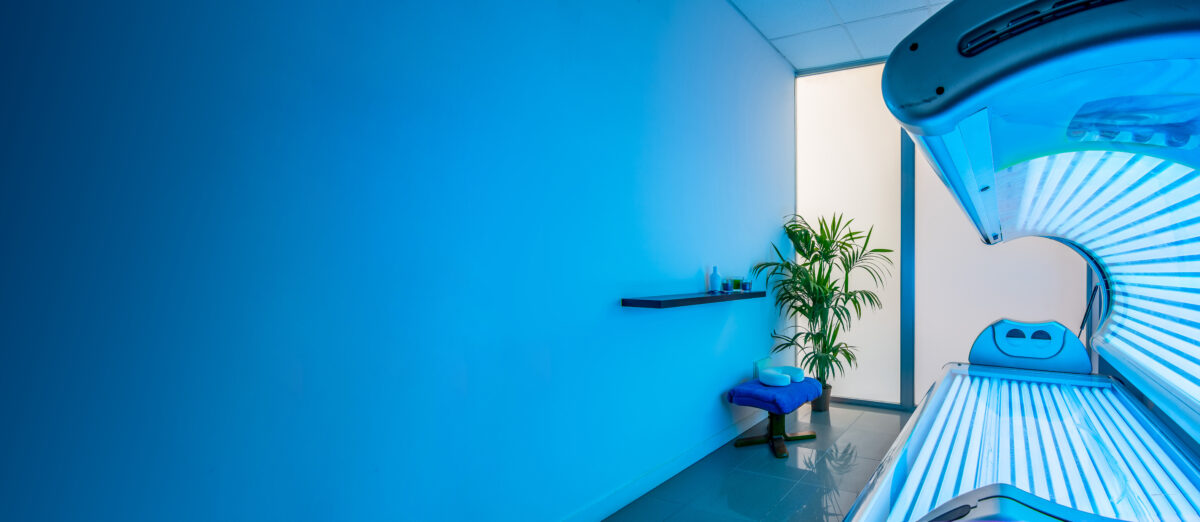 Skin cancer, the most common cancer in the United States, can affect anyone. But certain factors elevate your risk, including a family or personal history of the disease, having a lighter natural skin tone and certain or many moles on your skin. Gay and bisexual men may also be at increased risk: Though research about cancer risks for the LGBTQ+ community is lacking, a 2020 study indicates that gay and bisexual men report skin cancer rates nearly twice that of heterosexual men.1 (Sexual minority women reported lower or equal rates of skin cancer compared with heterosexual women.)
Skin cancer, the most common cancer in the United States, can affect anyone. But certain factors elevate your risk, including a family or personal history of the disease, having a lighter natural skin tone and certain or many moles on your skin. Gay and bisexual men may also be at increased risk: Though research about cancer risks for the LGBTQ+ community is lacking, a 2020 study indicates that gay and bisexual men report skin cancer rates nearly twice that of heterosexual men.1 (Sexual minority women reported lower or equal rates of skin cancer compared with heterosexual women.)
The authors of this study, as well as previous studies, suggest higher rates of indoor tanning used among gay and bisexual men may be to blame.
Tanning beds are not safe. According to the World Health Organization, the risk of melanoma—the deadliest form of skin cancer—is increased by 75% when the use of tanning beds begins before age 30. If you use tanning beds, now is the time to stop.
The tanning industry could be partially responsible for the prevalence of tanning bed use within this community. A Stanford University School of Medicine study shows that neighborhoods with high proportions of gay and bisexual men are twice as likely to have indoor tanning salons as neighborhoods with fewer sexual minority men. The researchers plan to study the tanning industry’s marketing and advertising to learn more and help make these communities healthier.
How can one reduce their risk of skin cancer?
Make sure to schedule an annual skin cancer check with your health care provider or dermatologist in addition to being aware of any changes to your skin and moles. Not sure where to begin? Just remember your ABCDEs!
- Asymmetry: One half of the mole doesn’t match the other
- Border irregularity: Not uniform in shape
- Color: Not uniform in color
- Diameter: Greater than 6mm (size of pencil eraser)
- Evolving: If you notice any change in size, shape or elevation of a mole, or experience any new symptoms such as bleeding, itching or crusting, see your health care provider promptly.
Although it’s important to wear sunscreen year-round, as we approach warmer months, make sure to wear sunscreen with an SPF of 30 or higher. For more information on how you can reduce your risk of skin cancer, visit our website. For additional resources on how the LGBT community is impacted by cancer, check out these resources from the National LGBT Cancer Network.
Sources: https://www.preventcancer.org/2023/05/skin-cancer-among-gay-and-bisexual-men-why-tanning-beds-are-to-blame/

